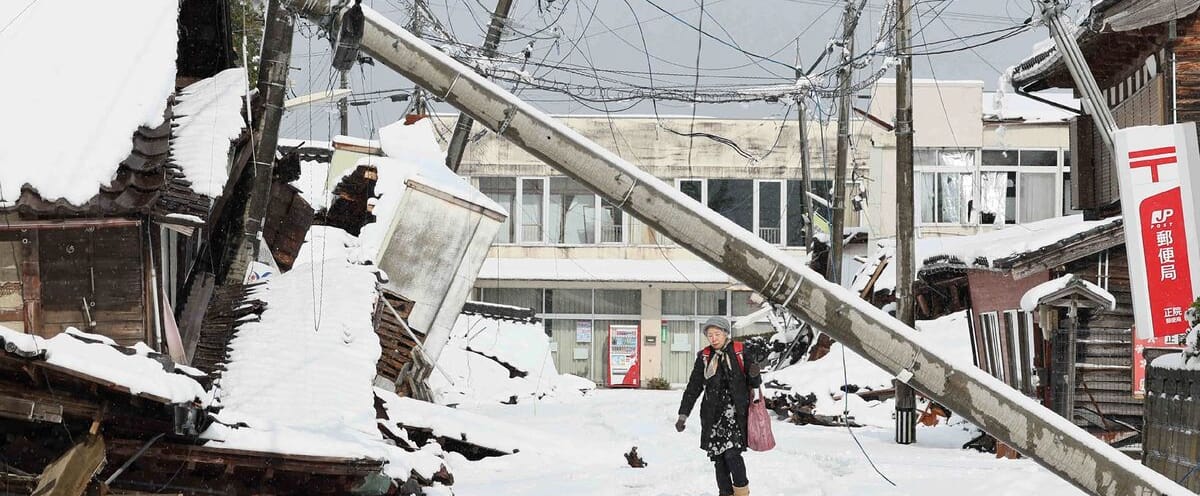The January 1 earthquake in central Japan killed 202 people, according to a new count released Tuesday by authorities in the Ishikawa department, where the disaster occurred.
• Read also: Earthquake in Japan: weather complicates searches
The number of people for whom the authorities still have no news decreased at the same time, to 102 compared to 120 previously.
It is the deadliest natural disaster in Japan since giant floods in the west of the country in 2018, which left more than 220 dead. It is also the deadliest earthquake in the archipelago since those which struck the island of Kyushu (South-West) in 2016, causing nearly 300 deaths.
Occurring on January 1 in the Noto peninsula, at the northern tip of Ishikawa department, the very strong earthquake of magnitude 7.5 and the more than 1,200 tremors which followed caused the collapse of numerous buildings, triggered fires and damaged numerous infrastructures.
On Tuesday, a new major earthquake – of magnitude 6.0 according to the Japanese Meteorological Agency (JMA) or 5.9 according to the American Geological Survey (USGS) – shook the same area, but its focus was submarine, less than 60 km west of the Japanese island of Sado.
The JMA did not issue a tsunami warning after this new powerful earthquake.
More than a week after the disaster, more than 3,000 inhabitants of the peninsula remain cut off from the world while waiting for help, slowed down by rain, snow and the persistent blocking of roads due to landslides.
More than 28,000 people are still living in some 400 evacuation centers. Some of these shelters are overcrowded and lack food and heating.
Nearly 60,000 homes are also still without access to running water and nearly 15,000 remain without electricity on Tuesday.
Japanese Prime Minister Fumio Kishida on Tuesday called on his ministers to “resolve” the problem of communities still isolated in the Noto Peninsula and “tenaciously continue rescue operations.”
The government is also trying to transfer evacuees to centers outside the disaster areas where the supply of basic necessities is not a problem.
